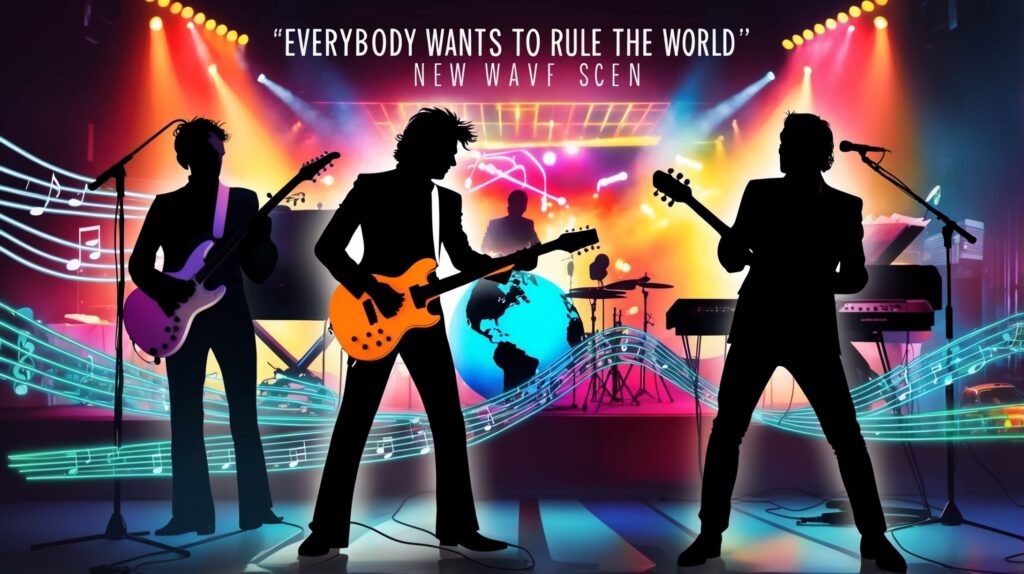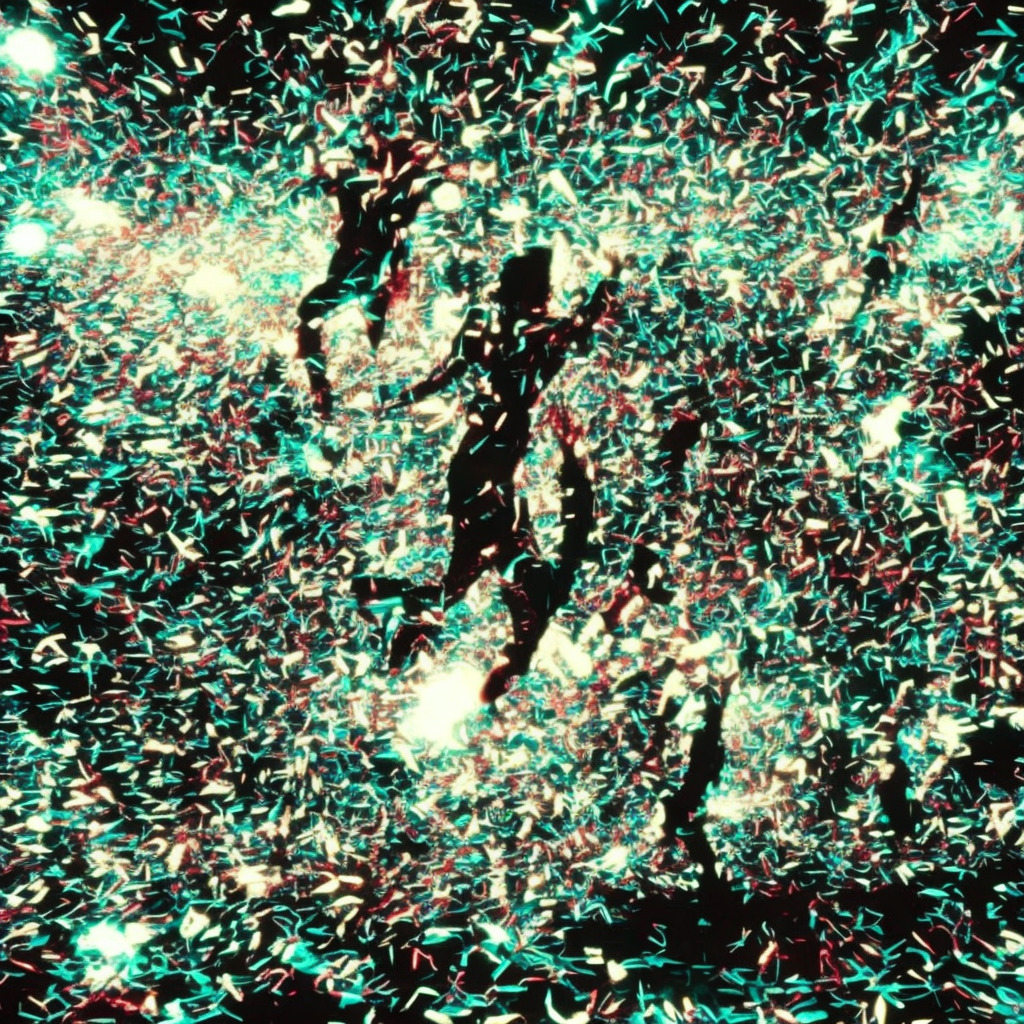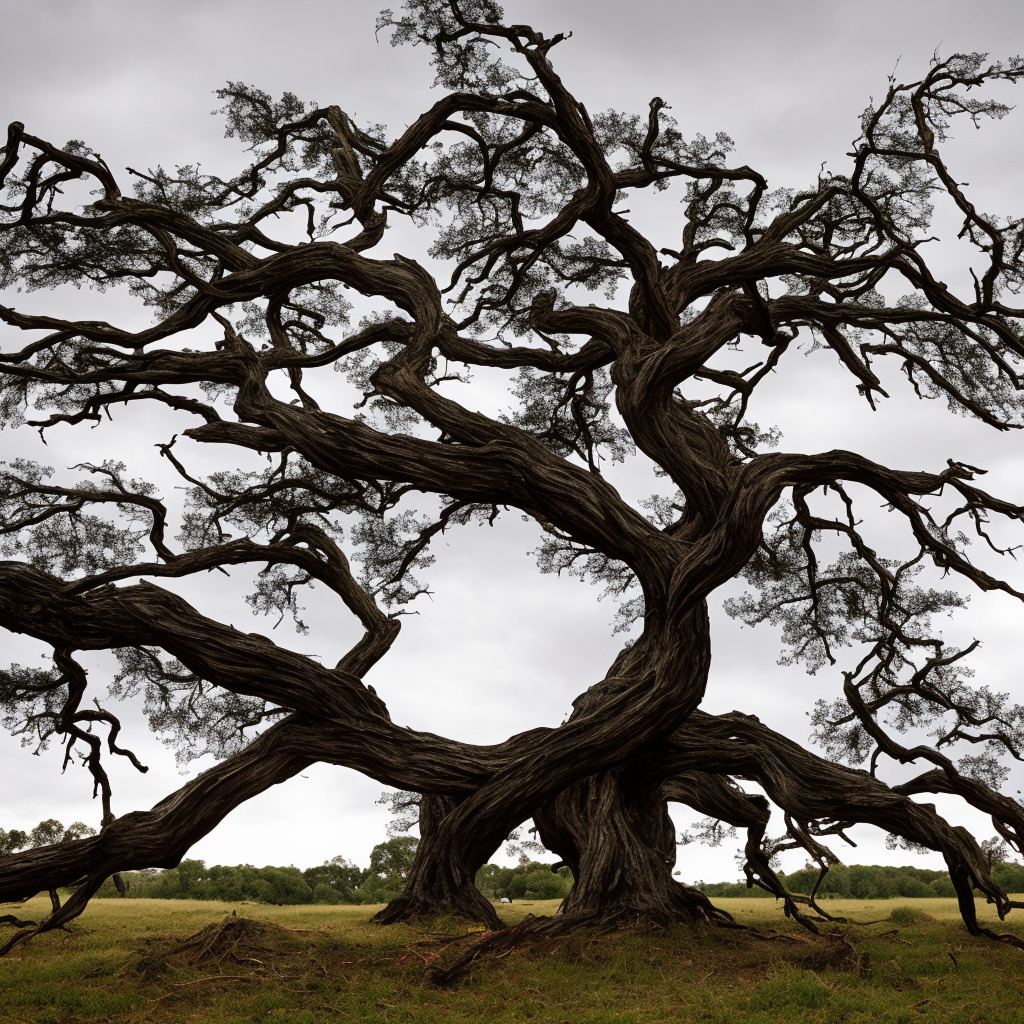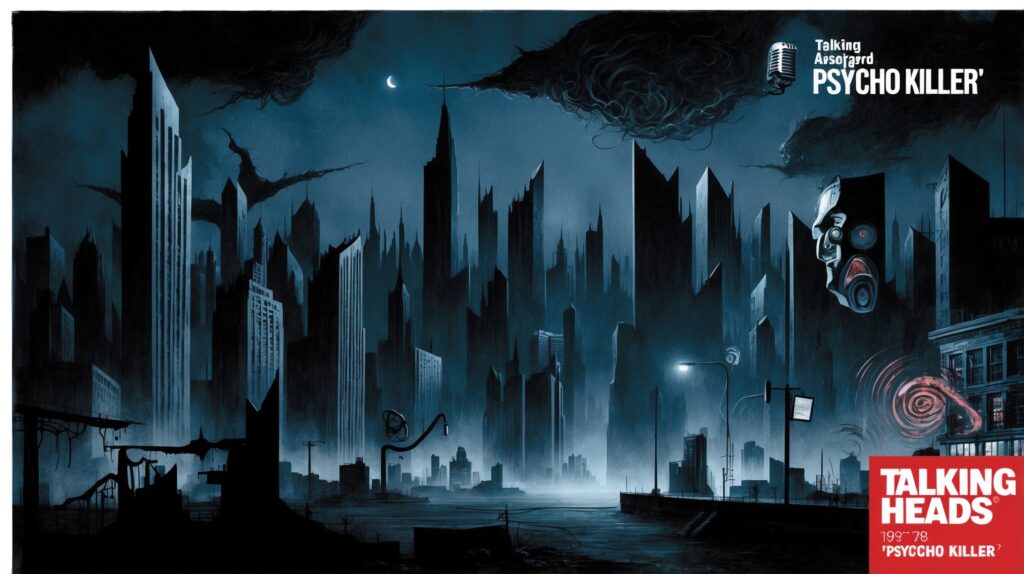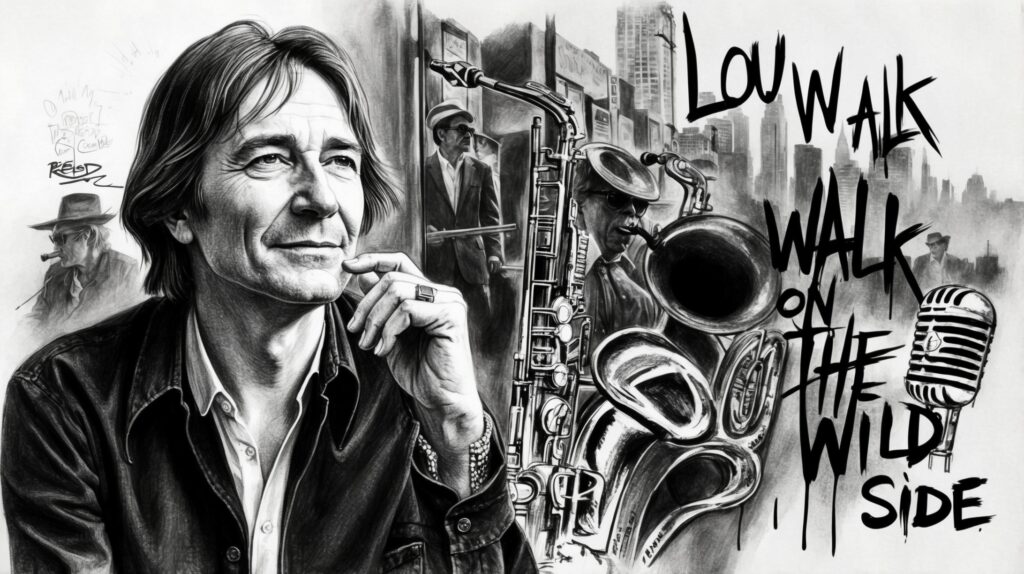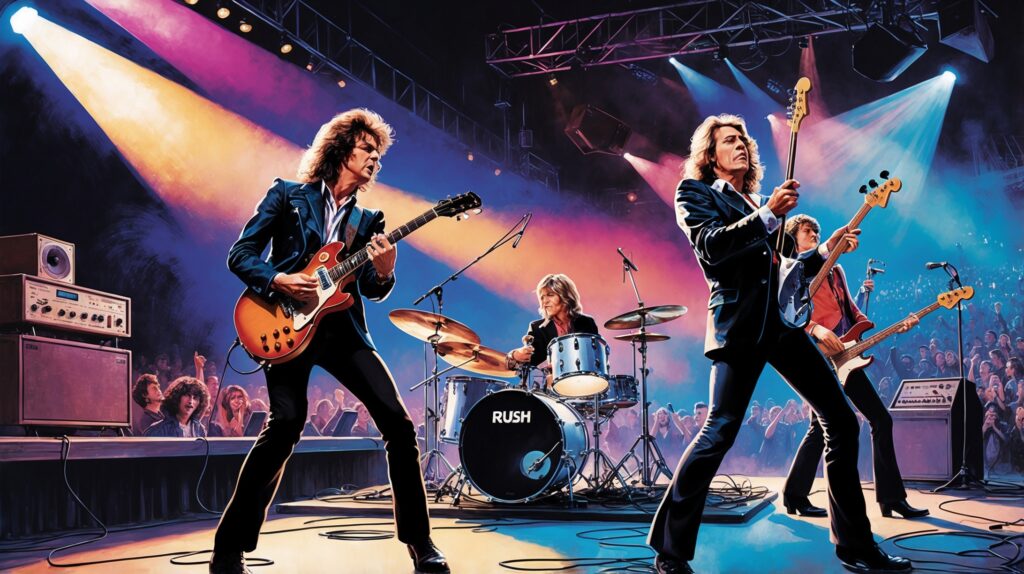Exploring Tears for Fears: The Architects Behind a Classic Anthem
Discover the artistic journey of Tears for Fears and their transformative hit, “Everybody Wants to Rule the World,” which defined a generation and solidified their legacy in the music world.
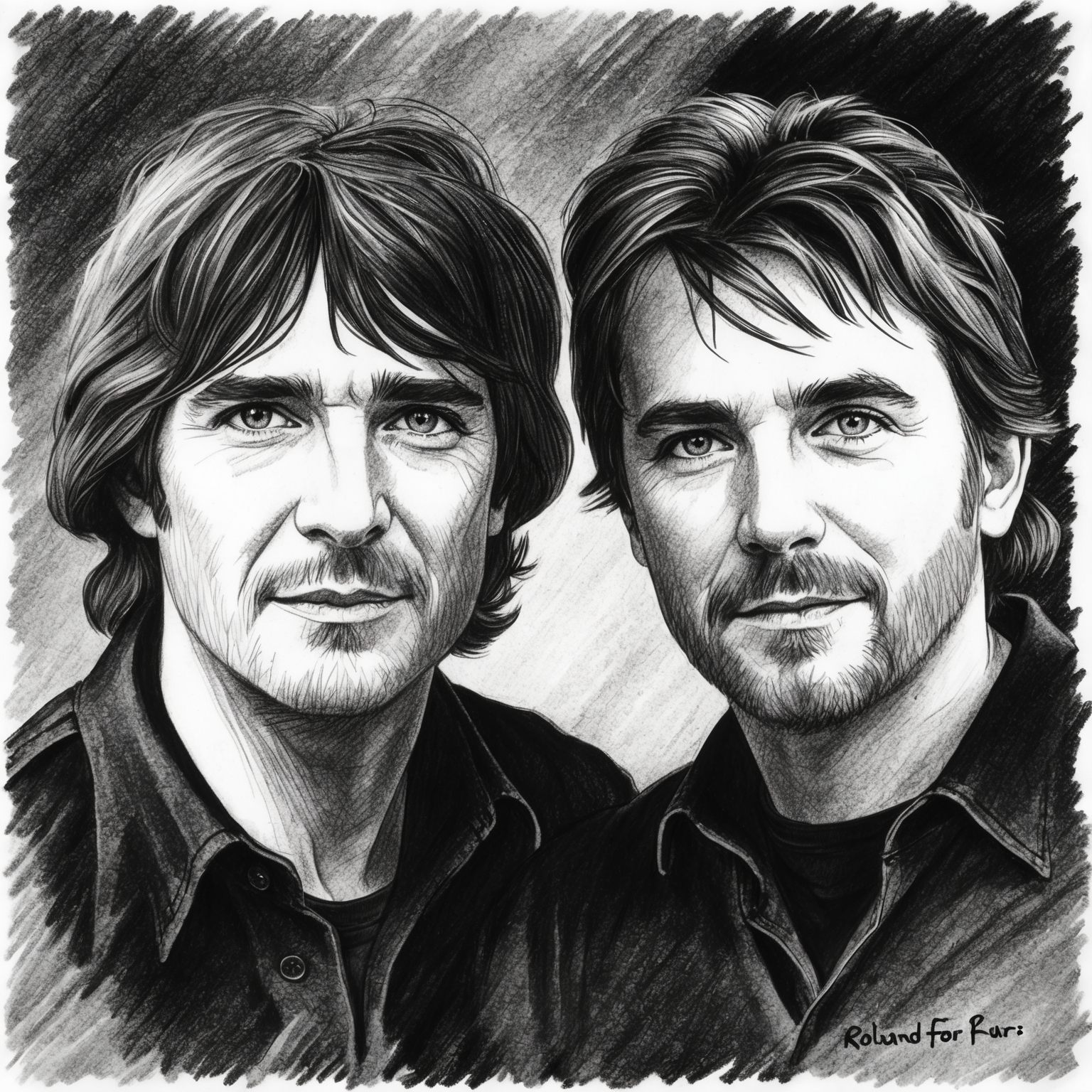
Tears for Fears, the iconic British duo, was at the forefront of the new wave movement in the 1980s. Formed in Bath, England by Roland Orzabal and Curt Smith, the band became synonymous with introspective lyrics and lush soundscapes that captured the spirit of an era. Their single, “Everybody Wants to Rule the World,” is perhaps one of the most recognizable anthems of the 80s, marking a significant milestone in their illustrious career. With its compelling melody and reflective themes, the song catapulted Tears for Fears into international stardom, reinforcing their status as pioneers of their genre.
The journey of Tears for Fears began with Orzabal and Smith crossing paths in their teenage years. Both hailing from small-town beginnings, they were members of a band called Graduate before embarking on their path as a duo. Their debut album, The Hurting, laid the groundwork for their distinct sound characterized by profound personal insights and emotional depth. By the time they released their second album, Songs from the Big Chair, which featured “Everybody Wants to Rule the World,” they had honed their craft further, seamlessly blending pop sensibilities with complex emotional narratives.
In the early 80s, the music scene was witnessing a wave of synth-driven pop and new wave artists. Tears for Fears capitalized on this trend while infusing their music with a more serious tone that set them apart from their contemporaries. The era was ripe for experimentation and collaboration, leading to unique partnerships that shaped their creative output. The distinct chemistry between Orzabal and Smith was instrumental in crafting their signature sounds, with both artists contributing vocals and instrumentation that brought their songs to life.
A Melodic Mastermind: Curt Smith and Roland Orzabal
Discover the genius behind ‘Everybody Wants to Rule the World’ by exploring the compositional brilliance of Curt Smith and Roland Orzabal, the masterminds of Tears for Fears.
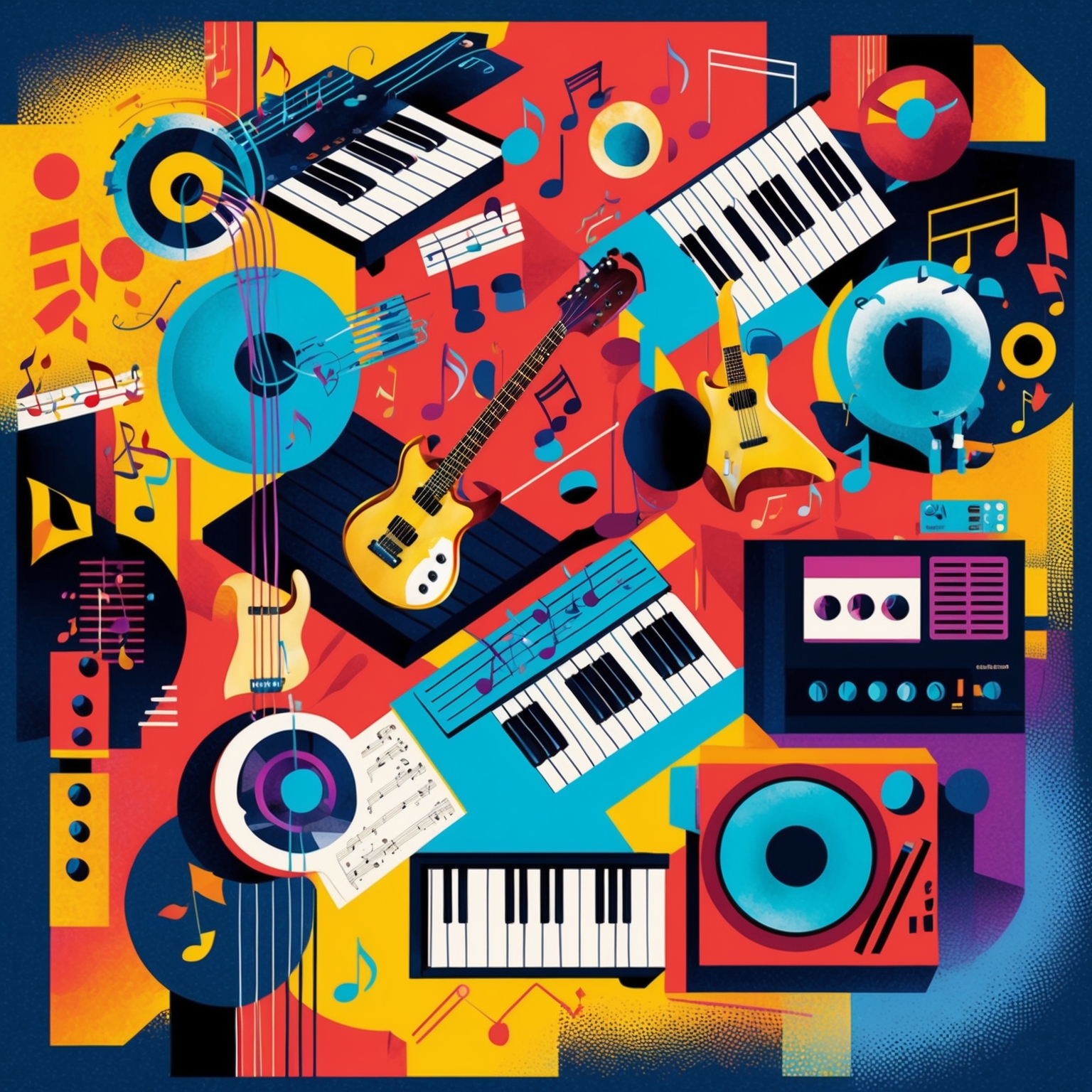
Curt Smith and Roland Orzabal, the dynamic duo behind Tears for Fears, are more than just performers; they are the architects of their iconic sound. With ‘Everybody Wants to Rule the World,’ their compositional talents reached new heights, blending nuanced lyrics with unforgettable melodies. Although both members were instrumental in the songwriting process for Tears for Fears, Roland Orzabal’s influence is particularly prominent in shaping the band’s musical direction.
Orzabal, born in Portsmouth, England, began his musical journey with a strong foundation in pop and rock, heavily influenced by artists like The Beatles and Pink Floyd. He also drew inspiration from the new wave and synth-pop movements that emerged in the late 1970s and early 1980s. This blend of classic and contemporary influences helped forge the unique sound Tears for Fears became known for. Alongside him, Curt Smith contributed not only as a bassist and vocalist but also as a co-composer whose understanding of harmony and melody added depth to the group’s music.
The collaboration between Orzabal and Smith was a crucial element in the creation of ‘Everybody Wants to Rule the World.’ Both composers contributed to the interplay of lyrics and music, demonstrating their synergistic partnership. The song’s multi-layered composition, from its intricate guitar lines to the evocative synth melodies, reflects Orzabal’s masterful touch. His knack for matching the tone of the music to the thematic elements of the lyrics allowed ‘Everybody Wants to Rule the World’ to resonate with audiences on multiple levels, cementing its place in music history.
Honors and Celebrations for a Timeless Classic
Explore the myriad honors and enduring influence of Tears for Fears’ hit ‘Everybody Wants to Rule the World,’ from award recognitions to iconic covers and appearances in films, TV shows, and games.
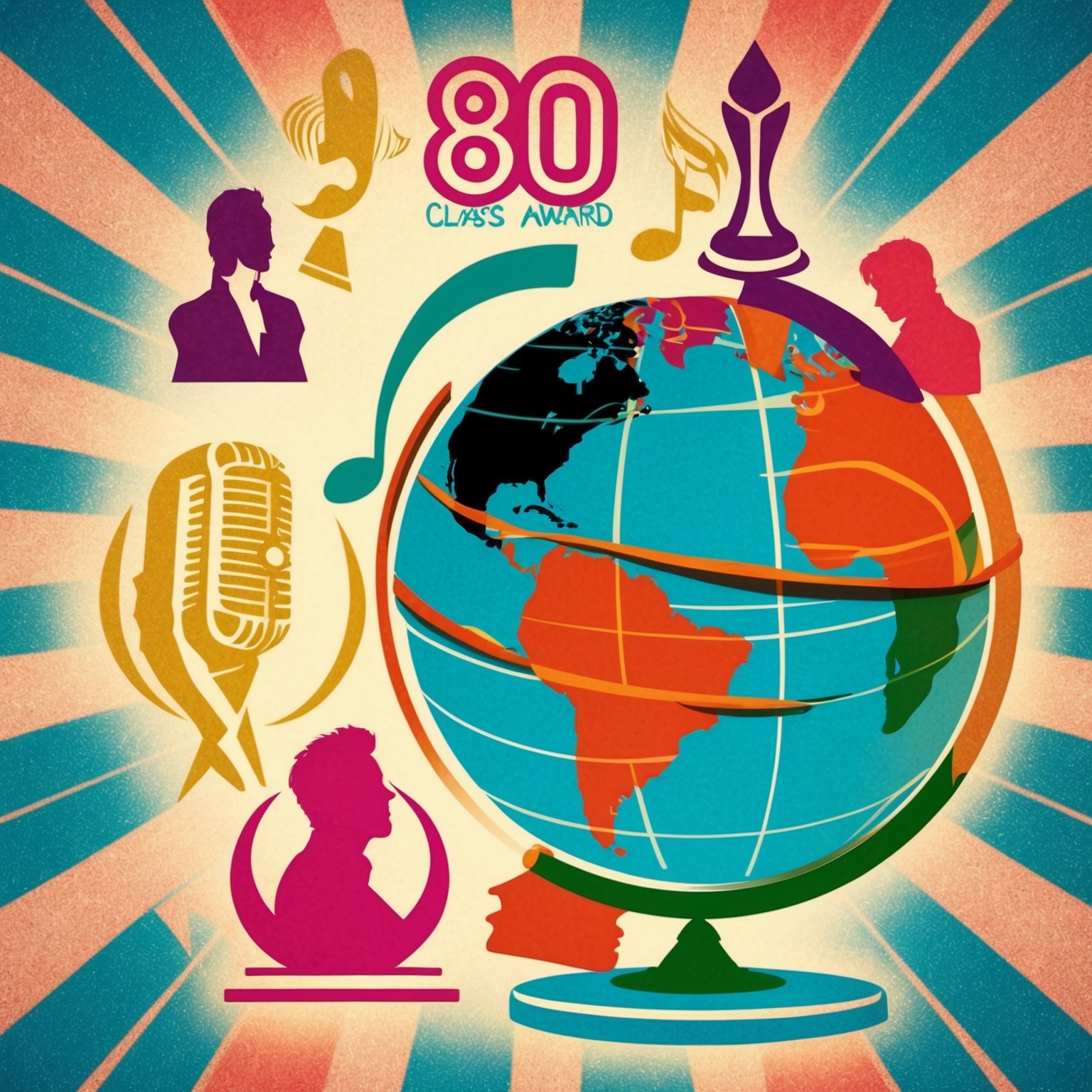
Everybody Wants to Rule the World by Tears for Fears is not just a chart-topping hit; it’s a cultural mainstay that has accumulated numerous accolades and recognition over the years. From its initial release in 1985, the song was met with widespread acclaim, winning international awards and becoming a staple of 1980s music. Although specific awards directly for the song are scarce, its enduring popularity serves as a testament to its impact on music lovers worldwide. The track continues to receive acknowledgments in modern retrospectives, ranking on numerous ‘Best Of’ lists for songs from the ’80s.
Apart from its original glory, numerous artists have paid their respects by covering the track, adding their unique twist to its iconic sound. One of the most notable covers was by Lorde in 2013. Her rendition, which offered a haunting and ethereal vibe, garnered significant attention when it was featured on the soundtrack for the film The Hunger Games: Catching Fire. Additionally, the song has been covered by musicians like Weezer, who brought their alternative rock sound to the tune in 2019, attracting both new and old fans alike.
Beyond these covers, Everybody Wants to Rule the World has also made its mark in the realm of visual media. Its haunting lyrics and timeless melody have graced the soundtracks of numerous movies, TV shows, and video games. It has appeared in films like Real Genius and Peter’s Friends, and more recently in the critically acclaimed TV series Mr. Robot. Video games like Grand Theft Auto: Vice City Stories have also included it in their eclectic soundtracks, further cementing its legacy across generations.
The Meteoric Rise of an Anthem
“Everybody Wants to Rule the World” topped charts globally and became a defining anthem for Tears for Fears, thanks to strategic marketing and enduring cultural impact.
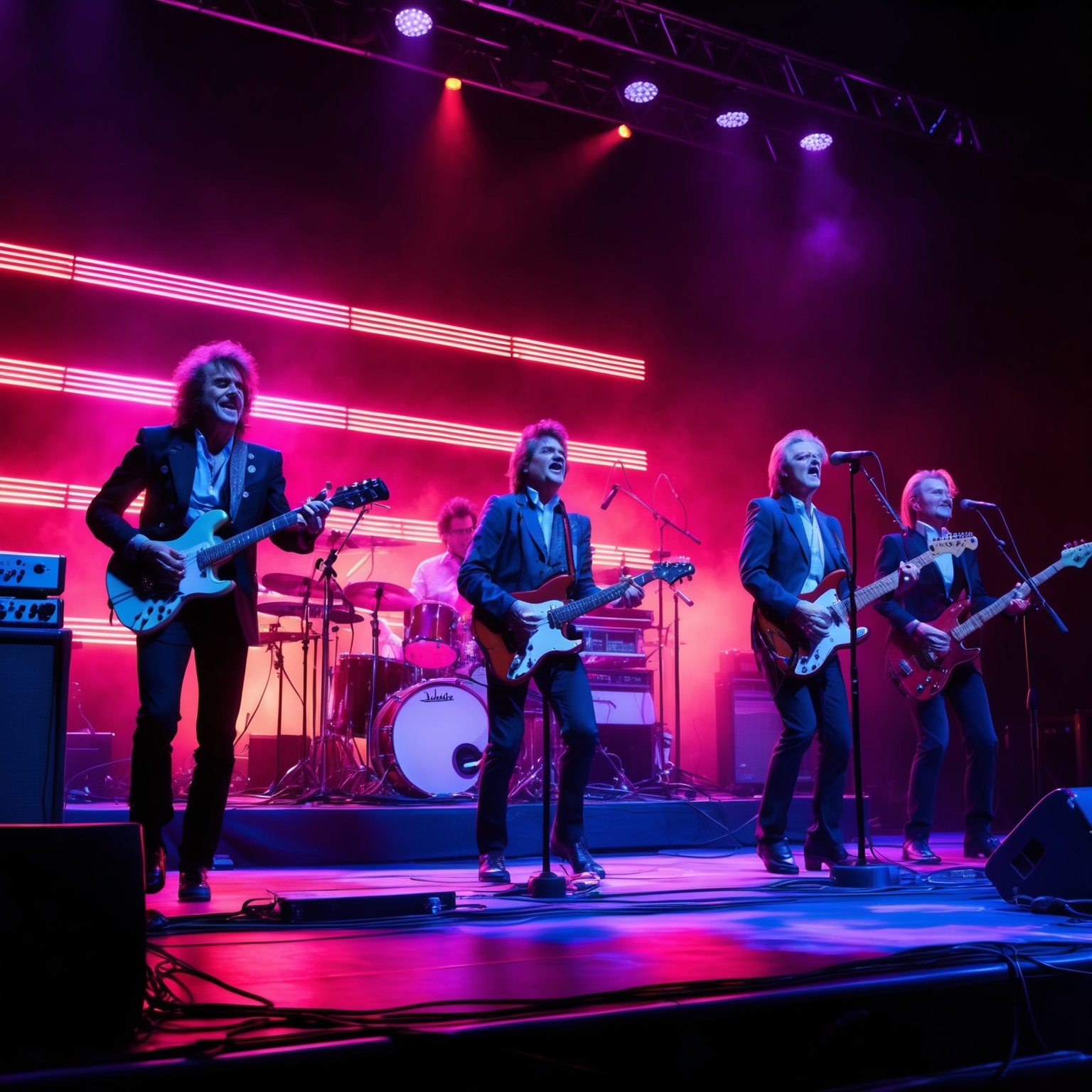
Released on March 18, 1985, “Everybody Wants to Rule the World” quickly asserted its dominance on the charts, marking a significant milestone for Tears for Fears. The song made an impressive debut and swiftly climbed the ranks, securing the number one spot on the Billboard Hot 100 in the United States and sustaining its popularity for weeks. In the UK, it peaked at number two, further solidifying its international appeal. This success was not merely confined to these regions; it resonated globally, topping charts in Canada and New Zealand, and landing in the top ten across several European countries.
When compared to other tracks at the time, “Everybody Wants to Rule the World” stood out not only for its catchy hook and soulful delivery but also for its thematic depth. It joined the ranks of other iconic 80s tracks, yet maintained a distinctive place in pop culture due to its insightful commentary on power and ambition. For Tears for Fears, this song followed the success of “Shout,” reinforcing their dominance in the 80s synth-pop scene and becoming a cornerstone of their illustrious career.
The song’s breakthrough was backed by strategic marketing and promotion. The band capitalized on the burgeoning music video culture, with a visually arresting video that received heavy rotation on MTV, amplifying its reach. Coupled with engaging live performances and strategic release timing, the promotional efforts were pivotal in catapulting the track to iconic status. This song was more than just a chart-topper; it became emblematic of the era, earning positive reviews from both fans and critics, who praised its musical composition and poignant lyrics.
Its influence has endured, with streaming platforms registering millions of plays, and the song making frequent appearances in playlists celebrating classic 80s hits. The cultural impact extends into social media, where clips from the song have been used on platforms like TikTok, evoking nostalgia among older fans and capturing the imagination of a new generation. Consequently, “Everybody Wants to Rule the World” has not only sustained its economic viability through sales and streaming revenue but also contributed significantly to the commercial success of Tears for Fears’ subsequent tours and merchandise.
Exploring the Iconic Music Video of ‘Everybody Wants to Rule the World’
The music video for ‘Everybody Wants to Rule the World’ by Tears for Fears is a captivating exploration of freedom, power, and self-reflection. Directed by Nigel Dick, it features iconic 1980s visuals that played a key role in the song’s lasting popularity.
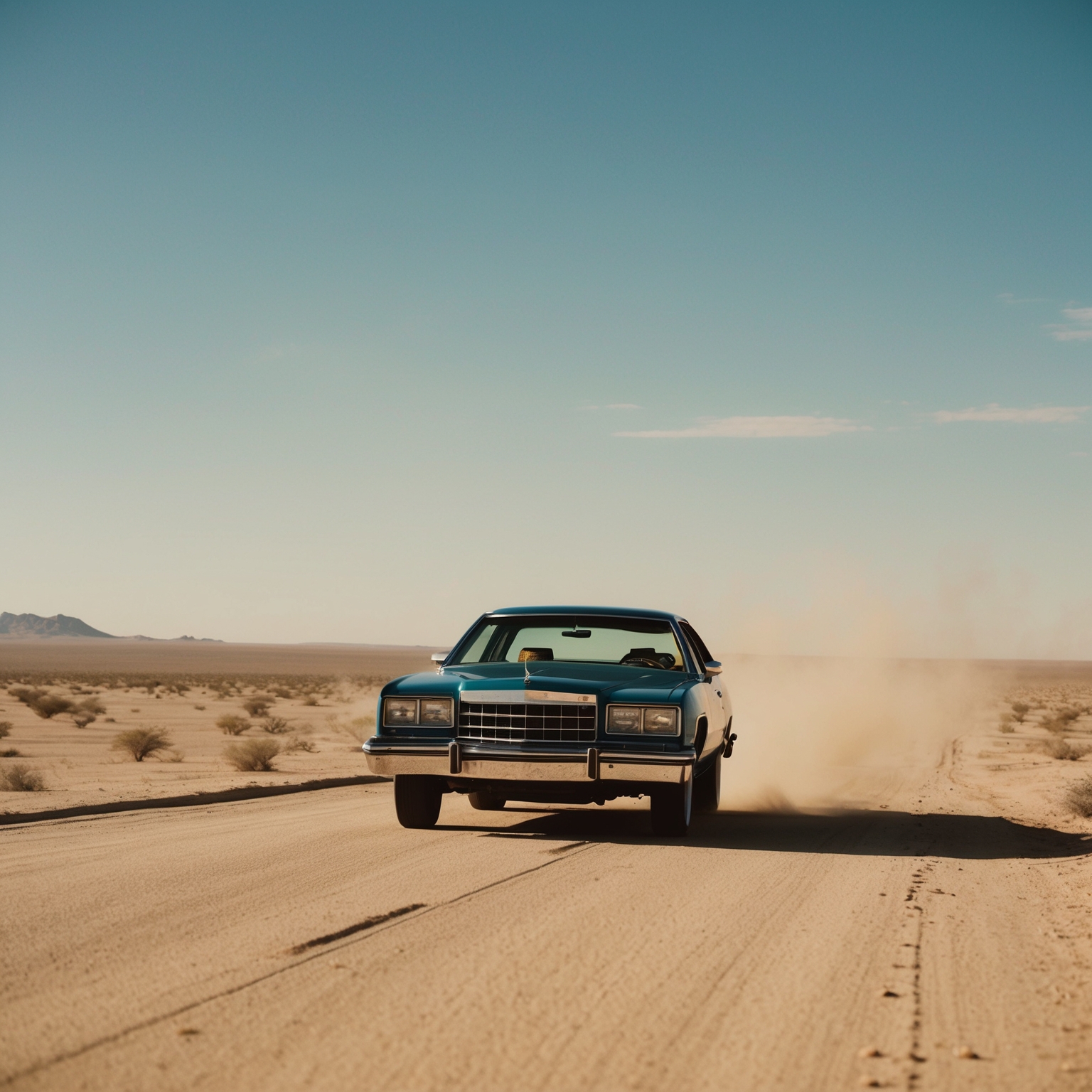
The music video for ‘Everybody Wants to Rule the World’ by Tears for Fears is an integral part of the song’s enduring appeal. Released in 1985, the video was directed by Nigel Dick and has since become emblematic of the 1980s music scene. Its cinematic approach encapsulates the essence of the era, blending a narrative that combines aspirations and a sense of freedom.
One of the main themes of the music video is the juxtaposition between the pressures of societal expectations and the desire for individual freedom. The video primarily features Curt Smith, the band’s lead vocalist, driving a vintage car across various desert and coastal landscapes. This imagery resonates with feelings of liberation and adventure, setting the tone for the song’s underlying message. Throughout the video, we see scenes of isolation and reflection, inviting the viewer to ponder the true cost of power and control.
The contribution of the music video to the song’s popularity cannot be overstated. Along with radio airplay, the video played heavily on MTV, a key platform for rising artists in the 1980s. Its striking visuals and relatable themes captivated audiences, solidifying Tears for Fears’ presence in the global music industry. The video was praised for its cinematography and ability to convey complex ideas in a simple yet impactful manner, further embedding the song into pop culture.
Nigel Dick’s direction was inspirational, aligning perfectly with the song’s introspective lyrics and tone. His ability to translate musical storytelling into a visual journey is seen in various shots that emphasize vast, open landscapes symbolizing both opportunity and solitude. While the video does not feature any celebrity cameos, its artistic appeal lies in its ability to resonate with audiences on a personal level.
Over the years, the critical analysis of the ‘Everybody Wants to Rule the World’ music video has been overwhelmingly positive. It continues to be recognized for its ability to reflect universal themes through a cleverly composed narrative and artistic visuals. Such scenes continue to be iconic, offering a nostalgic glimpse into the past, while the song itself remains timeless.
Unraveling the Musical Nuances of ‘Everybody Wants to Rule the World’
Explore the intricate musical architecture of ‘Everybody Wants to Rule the World’ by Tears for Fears. From its key, tempo, and harmony to the instrumental blend, delve into the elements that craft its timeless appeal.
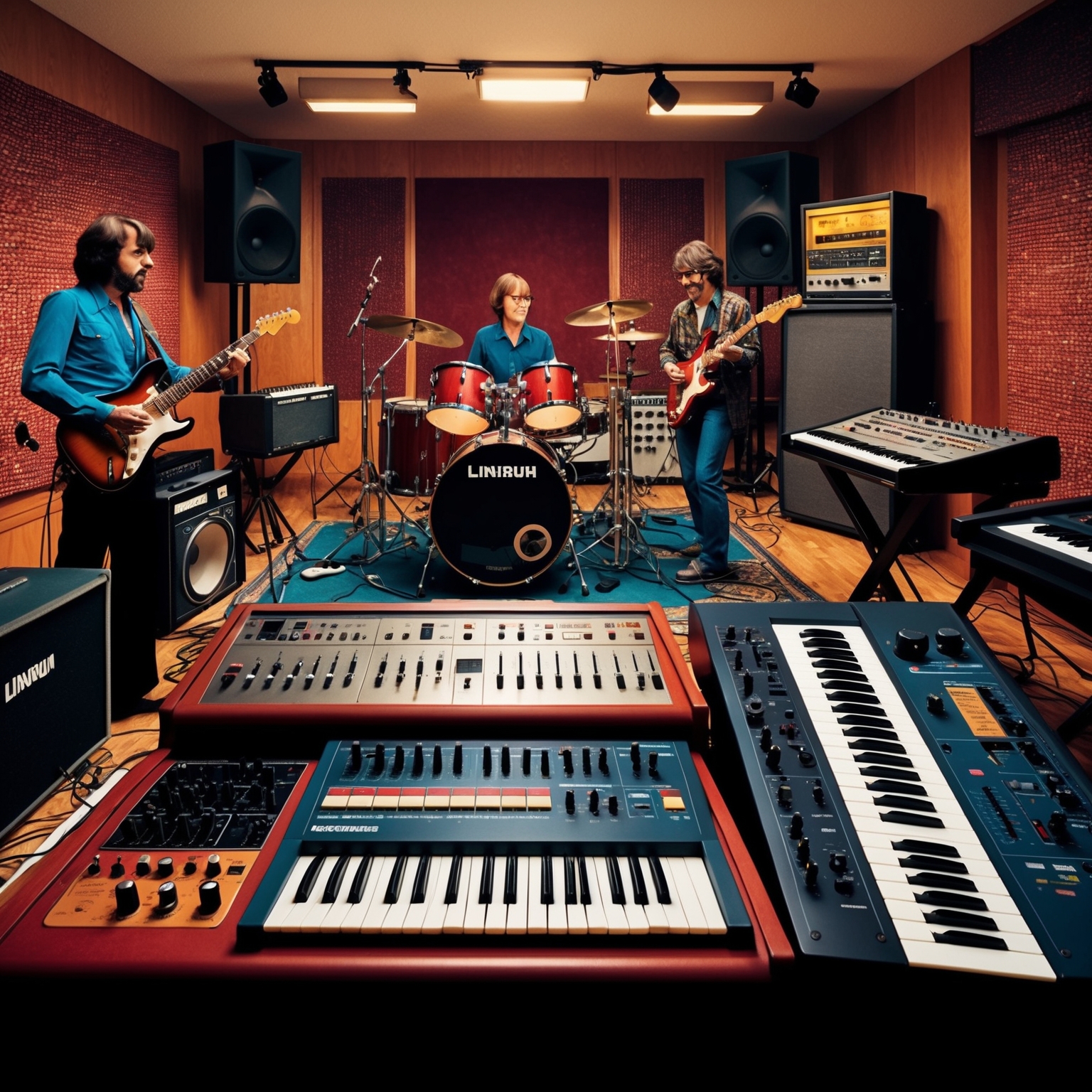
Musical Key and Composition:
The song ‘Everybody Wants to Rule the World’ by Tears for Fears was crafted in the key of D major, a choice that lends itself to a bright, optimistic, yet hauntingly reflective atmosphere. The primary chord progression in the verses pivots around a simple D-G progression. This provides a stark yet effective base for the introspective lyrics, conveying a sense of longing and exploration.
Tempo and Harmony:
At a tempo of around 112 beats per minute, the song comfortably sits within the mid-tempo pop-rock category. The steady groove, combined with subtle rhythmic changes, creates a driving force without ever feeling rushed. The harmonic structure is sophisticated yet accessible, enhancing its wide appeal.
Melody and Instruments:
The melodies are catchy, characterized by Roland Orzabal’s distinct vocal delivery that flits seamlessly between reflection and anticipation. Instrumentally, the track features electric guitars, synthesizers, and bass, with prominent use of the LinnDrum machine. The interplay between guitar riffs and synth lines gives the song its new wave identity, while the warm backdrop of the bass anchors the track.
Context within Tears for Fears’ Discography:
Released in 1985 as part of the album ‘Songs from the Big Chair’, this song marked a significant evolution in Tears for Fears’ sound. Compared to their previous work, like tracks on ‘The Hurting’, this song showcased a more polished, mainstream appeal without losing their signature introspective depth.
Recording Anecdotes:
The track was produced by Chris Hughes, who played a pivotal role in shaping its sound. Recorded at the Wool Hall studio, the producers and band tapped into innovative techniques and technologies of the time, crafting a sound that was both ahead of its time and timeless.
Unveiling the Depths of ‘Everybody Wants to Rule the World’
Explore the intricate themes, narrative style, and literary devices in the lyrics of ‘Everybody Wants to Rule the World’ by Tears for Fears, revealing insights into the universal human experience of power and ambition.
There’s no turning back
Even while we sleep
We will find you
Acting on your best behavior
Turn your back on mother nature
Everybody wants to rule the world
It’s my own design
It’s my own remorse
Help me to decide
Help me make the most
Of freedom and of pleasure
Nothing ever lasts forever
Everybody wants to rule the world
There’s a room where the light won’t find you
Holding hands while the walls come tumbling down
When they do, I’ll be right behind you
So glad we’ve almost made it
So sad they had to fade it
Everybody wants to rule the world
 Lyrical Themes and Messages: At the heart of ‘Everybody Wants to Rule the World’ by Tears for Fears lies a tapestry of themes that resonate across time and cultural boundaries. The song primarily explores the desire for power and control, a notion present in the song’s title itself. Released during the height of the Cold War in the 1980s, the urgency and relevance of these themes take on a historical connotation, reflecting the global tension of the era. Yet, the lyrics transcend specific timeframes, offering a timeless commentary on human nature’s power struggles and ambitions.
Lyrical Themes and Messages: At the heart of ‘Everybody Wants to Rule the World’ by Tears for Fears lies a tapestry of themes that resonate across time and cultural boundaries. The song primarily explores the desire for power and control, a notion present in the song’s title itself. Released during the height of the Cold War in the 1980s, the urgency and relevance of these themes take on a historical connotation, reflecting the global tension of the era. Yet, the lyrics transcend specific timeframes, offering a timeless commentary on human nature’s power struggles and ambitions.
Narrative and Storytelling: The song’s lyrics possess a narrative quality that, while not telling a straightforward story, paints vivid scenarios and emotional backdrops. The use of second-person narrative (‘Welcome to your life’) invites the listener into an introspective journey, suggesting a universal shared experience. This perspective blurs between personal introspection and broader societal reflections, allowing the listener to immerse in the song’s commune of thoughts and emotions.
Use of Literary Devices: Tears for Fears employ a plethora of literary devices to elevate the lyrical quality of this track. Metaphors like ‘Turn your back on mother nature’ insinuate a rebellion against inherent instincts, evoking a sense of conflict and regret. Alliteration and internal rhyme (‘While the walls come tumbling down’) add an auditory pleasure that enhances the song’s engaging rhythm. The repeated phrase, ‘Everybody wants to rule the world,’ functions as both a chorus and a haunting reminder of the song’s central theme, while its simple yet profound language ensures an accessible yet thought-provoking lyrical experience.
Cultural and Social References: The lyrics casually refer to scenarios that echo societal and personal challenges. Lines about inescapable responsibilities and the ephemeral nature of pleasure compound the song’s underlying message of universality in ambition and regret. These references invite listeners to reflect on their understanding of power, ambition, and the overarching quest for control, elements that remain strikingly relevant across diverse audience perspectives.
Emotional Impact and Relatability: The emotional impact of the song derives from its ability to balance its grand themes with intimate confessions. Phrases such as ‘Of freedom and of pleasure / Nothing ever lasts forever’ evoke a sense of longing and an acknowledgment of life’s impermanence, resonating with listeners on a deeply personal level. This relatability likely contributed to its acclaim, allowing audiences of various backgrounds to find personal meanings within the journey it portrays.
? Did you know? Everybody Wants to Rule the World was recorded in 2 weeks & became an ’80s anthem! ? Tap into nostalgia! #TearsForFears #80sMusic #FunFact tinyurl.com/bde6p7jt
Click to Tweet

